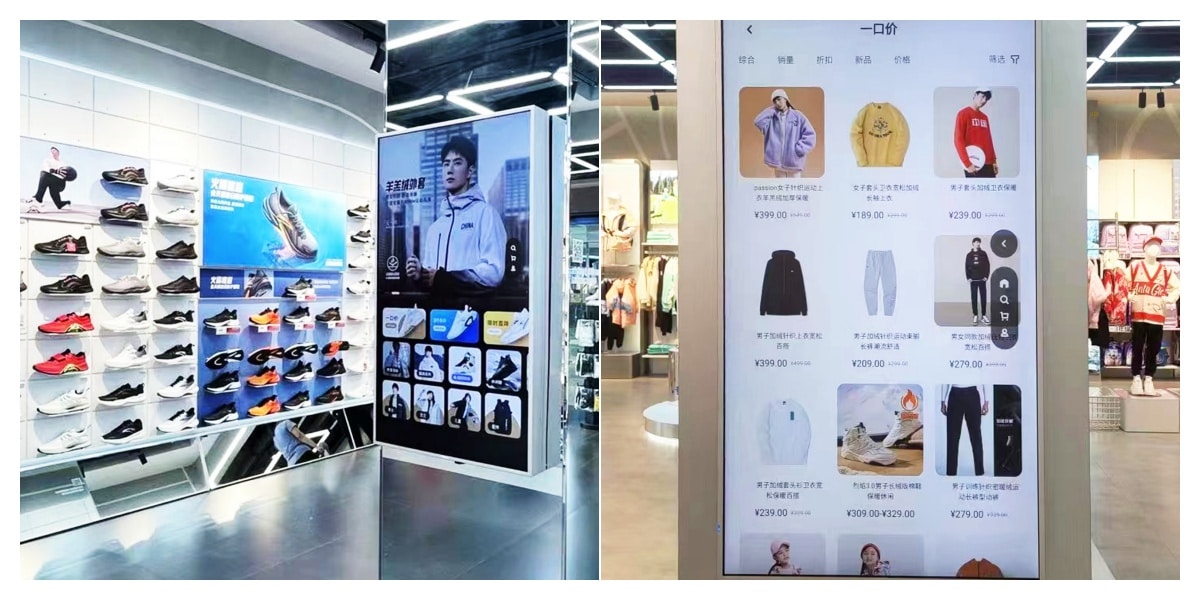The widespread application of digital signage has revolutionized the way information is displayed and consumed in both commercial and non-commercial settings. Here are some key areas where digital signage is extensively used:

♦ Retail: Digital signage in retail environments enhances the shopping experience by displaying dynamic content such as promotions, product information, and way finding. Interactive screens can also provide personalized recommendations to customers.
♦ Hospitality: In hotels and restaurants, digital signs are used for welcoming guests, displaying menus, providing directional guidance, and sharing local attractions or hotel amenities.
♦ Education: Schools and universities utilize digital signage for campus-wide communication, displaying event schedules, announcements, and emergency messages. Interactive displays also enrich the learning experience.
♦ Healthcare: In hospitals and clinics, digital signage helps with patient way finding, displays waiting times, and provides important health information or educational content.
♦ Corporate Lobbies: Companies use digital signage in their lobby areas to welcome visitors, display company news, promote corporate culture, and inform about upcoming events.
♦ Transportation: Airports, train stations, and bus terminals employ digital signage for real-time travel updates, navigation assistance, and advertising.
♦ Museums and Galleries: Digital displays offer interactive experiences, providing additional information about exhibits and enhancing the visitor's understanding and engagement.
♦ Events and Trade Shows: For promoting products, guiding attendees, and displaying schedules, digital signage is indispensable at various events and exhibitions.
♦ Government Facilities: Government buildings use digital signs for public service announcements, civic information, and emergency notifications.
♦ Outdoor Advertising: Large format digital billboards and street furniture displays are used for high-impact advertising in urban environments.
♦ Sports Venues: Stadiums and arenas use digital signage for scoring updates, fan interaction, and sponsor advertisements.
♦ Financial Institutions: Banks and financial service centers employ digital signage to display financial information, market updates, and promotional offers.
♦ Fitness Centers: Health clubs and gyms use digital screens to show class schedules, workout tips, and motivational content.
Digital signage offers flexibility and instant update capabilities, making it a powerful tool for managing and disseminating information in real-time. Its interactivity and integration with modern technologies like touchscreens, artificial intelligence, and the Internet of Things (IoT) continue to expand its applications across various industries.